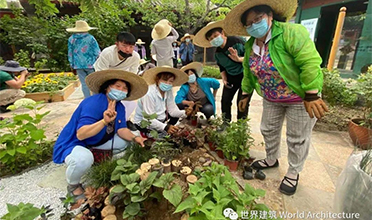



3.2 Analysis of the concept of urban micro-public space
Small and micro urban public space is a type of minimum scale screening of urban public space based on the perspective of humanistic space scale and type form. Built for residing, urban micro-public space is defined differently in different countries, regions and even blocks due to the differences in population density, economic, cultural development. Generally speaking, the area of urban micro-public space is less than 0.5hm². Physical spatial scale is not the only criterion.
4 Participatory interactive observation and research on small and micro public spaces in cities
Participatory interactive observation and research is through active observation and discovery of daily life, from negative spaces to active spaces, paying attention to ordinary life, capturing the authenticity of life, observing and recording users, things, and small and micro spaces, and then clarifying the current situation and problems in the potential utilization of urban small and micro public spaces. With the continuous upgrading of urban small and micro public spaces, long-term research is necessary, which guides designers to discover the neglected existence in public spaces. In this study, the Mapping method is used to observe and study the small and micro public spaces in cities.
4.1 Observation of Space Scene in Small and Micro Public Space
At present, there are a large number of spontaneous active urban small and micro public spaces. Only by fully observing and summarizing users’ action rules and designing with the characteristics can we meet the actual needs of residents. When the team studied the Hutong public space in the old city in 2014, they noticed the landscape formed by the green plants planted by local residents in the hutong public space. This spontaneous landscape is worth studying and analyzing in the formation of micro-garden, the composition of materials and space, and the characteristics and types. Therefore, from 2015 to now, for the "micro-garden" in hutong, the team insisted on recording and interpreting Mapping in various forms such as observation, drawing, measurement, and photography. Up to now, the team has maintained the observation and research on the micro-gardens in Hutong, and the recorded micro-garden "database" has been continuously expanded (Figure 1).
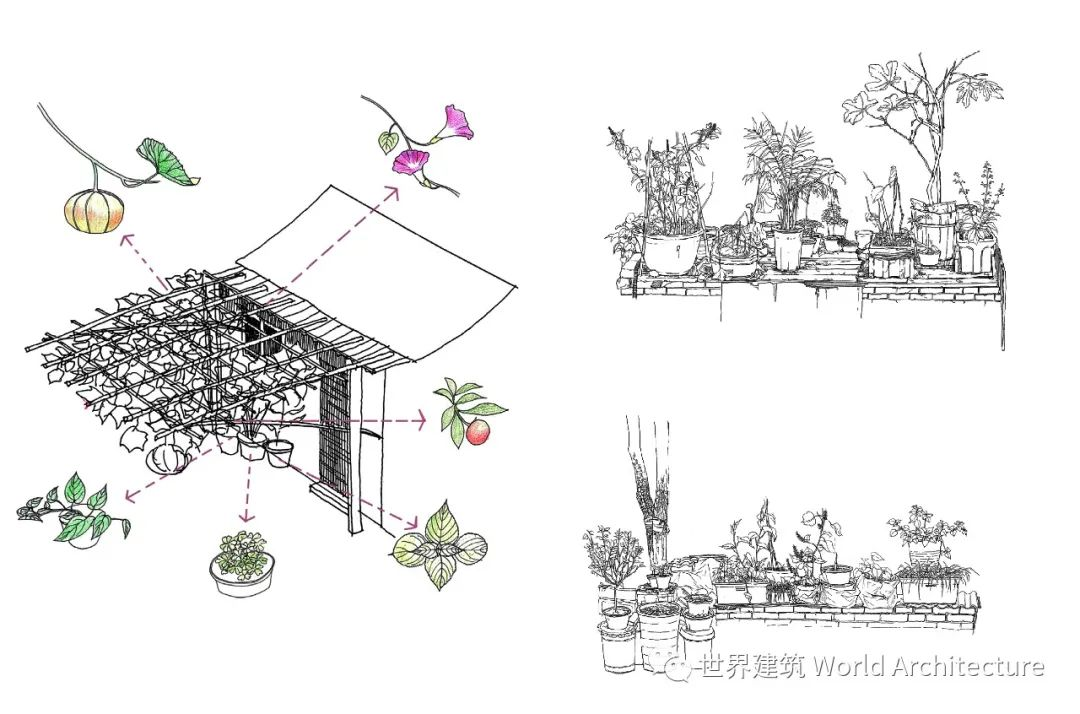
Figure 1. Observing and recording micro-garden Mapping
4.2 Observation of human behavior in small and micro public spaces
In the urban micro-public space, there are diversified, life-oriented and uncertain dynamic scenes. Residents' active behavior and informal activities often have many spontaneous utilization modes, and may even transform marginal space into composite space. Such places and spaces formed by spontaneous gathering of the masses in the community often can be seen in daily life. For example, the small and micro spaces for playing chess, chatting, bazaar, and sunbathing in the old community are mostly not designed, but are actively discovered and continuously used by residents, gradually forming a usage mode of behavior activities (Figure 2), which promotes the communication between neighbors. Pop-up market can attract a large number of people in a short time, so it also needs certain planning and design to maintain the order of the place. Other small and micro spaces that are not within the planning scope and have not been designed will gradually become places that some people like to gather and chat with time due to specific attractive factors (Figure 3).

Figure 2. Observe and record the spontaneous behavior activity Mapping of old communities

Figure 3. Observe and record the spontaneous behavior activity Mapping of old communities
4.3 Observation on the usage of small and micro public facilities
Due to historical reasons, there are still many bicycle sheds in some old communities (Figure 4). A large number of old bicycle sheds have the phenomena of debris accumulation and human occupation, and have certain security risks due to years of disrepair and other reasons. These small and micro public facilities can rejuvenate with new vitality and play a new functional value through micro-renewal actions. Through observation and analysis, it is found that community service can be introduced to reactivate the idle space under the shed, reduce the waste spaces, and avoid unwanted use of such spaces such as disorderly stacking of debris and long-term vacant waste due to unattended care.
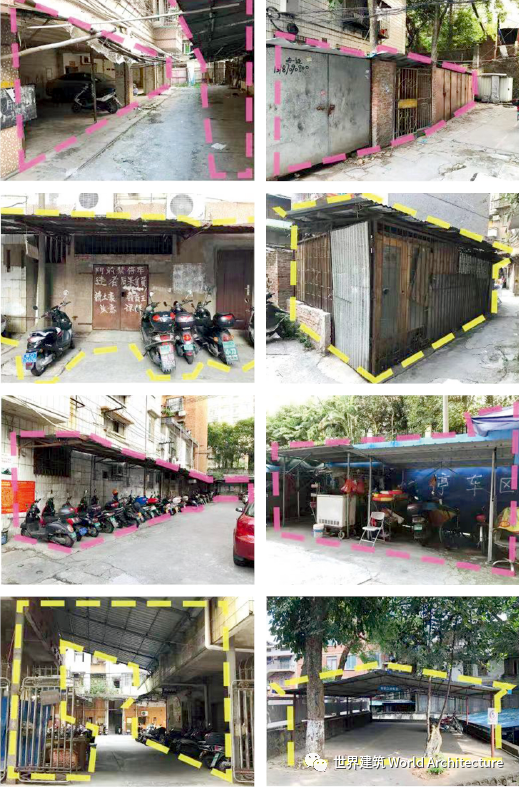
Figure 4. The current situation of bicycle sheds in old communities
5 Ways of public participation in micro-renewal of urban micro-public spaces --Taking Beijing Micro-Garden as an example
In order to realize the paradigm shift of daily, processing and participatory characteristics in urban public space, further condense local residents and strengthen community identity, we should take public participation as the core, and put forward ways to systematically promote micro-renewal on the basis of Mapping and participatory interactive research on urban small and micro public spaces. The ways of public participation in micro-renewal of urban micro-public spaces mainly include participatory platform construction, participatory design and co-construction, participatory maintenance, and co-governance, and participatory interactive communication.
5.1 Participatory platform construction of small and micro public spaces
Generally, the participatory platform is organized by grass-roots such as communities or street departments, and active residents, professional teams, social organizations, and other relevant management departments. Based on common concerns and common interests, it is established by means of public participation such as micro-renewal seminars, workshops, and forums. Stimulate residents' participation enthusiasm and initiative through participatory platform, and encourage residents to spontaneously participate in the renewal of small and micro public spaces. At the same time, the construction of participatory platform also facilitates the communication between residents and professional teams, residents and governments, and residents and community organizations, so that residents can express their ideas and willingness efficiently and concisely.
5.2 Participatory design and co-construction of small and micro public spaces
Participatory design emphasizes the participation and process of small and micro public spaces, which is a pluralistic space governance model. Its purpose is to promote multi-party participation in space design and construction in a more inclusive and open way, emphasizing that users are empowered in the design process and participate in the planning and design of public areas, and truly participate in the decision-making of community environment. Participatory co-construction is the key implementation path of small and micro public spaces. The types of public participatory design and co-construction mainly include community life intervention, art activation, historical site protection and so on.
5.3 Participatory maintenance and co-governance of small and micro public spaces
Taking the micro-garden in the old city of Beijing as an example, through the consultation of residents, planners, and social organizations on participatory design scheme and related mechanisms, after the micro-garden is jointly built, it enters the process of multi-party co-governance and maintenance. It is necessary to formulate corresponding operation and maintenance mechanisms according to specific conditions. In the process of project cultivation, we will actively tap community talents and establish communities such as "Flower Friends Association", organize interest groups and volunteer teams, as well as a series of long-term empowering micro-garden maintenance activities such as tea party, micro-garden tour, responsible adoption, community welfare activities, neighborhood activities, etc., so as to stimulate residents' subjective initiative to actively participate in community transformation and gradually enhance the vitality of community independent renewal. Explore the system of claim and adoption of micro-gardens. Residents and volunteers will be guided by community self-organization to establish a maintenance organization for the green landscape of micro-gardens (Figure 5), and the community will assist in supervision and promotion, and gradually establish a green and sustainable maintenance mechanism for micro-gardens.
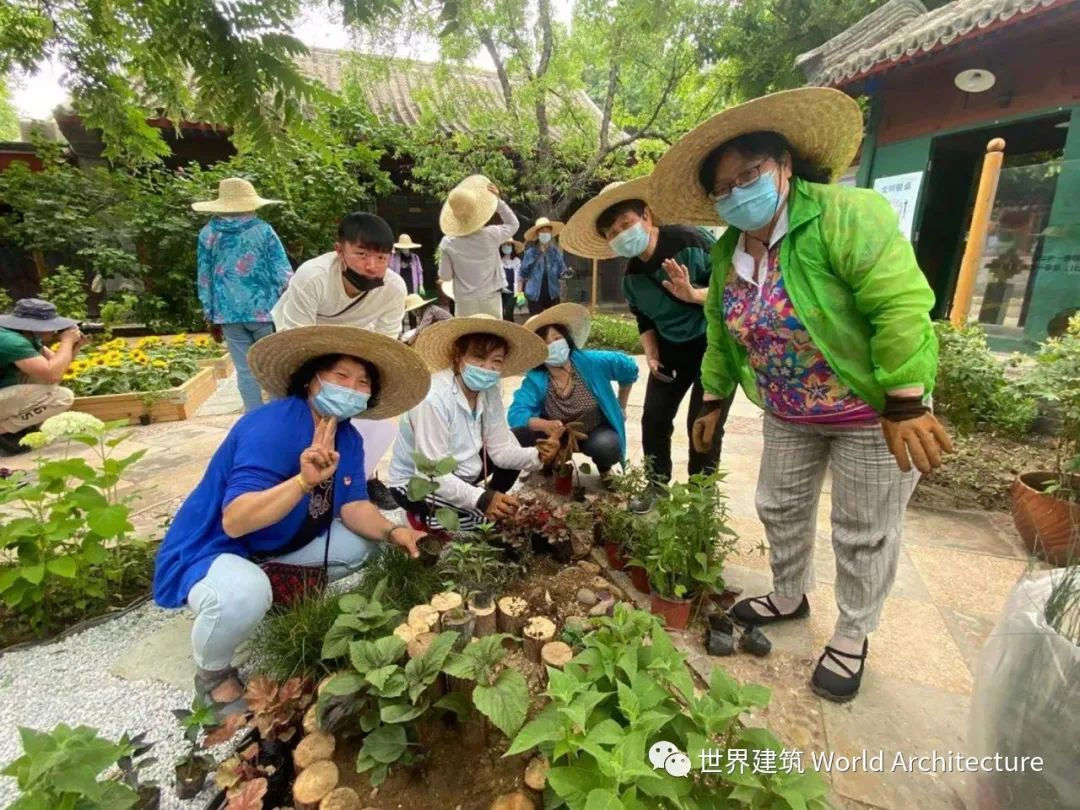
Figure 5. Community volunteers
5.4 Participatory interactive communication in small and micro public spaces
Participatory interactive communication is an interactive medium that effectively intervenes in micro-renewal of small and micro public spaces. Interactive exhibitions, interactive installations (Figure 6), design workshops and community aesthetic education are effective ways of public participation as catalysts. It is necessary to carry out a series of art and cultural exhibitions to promote and enhance the vitality of urban small and micro public spaces.
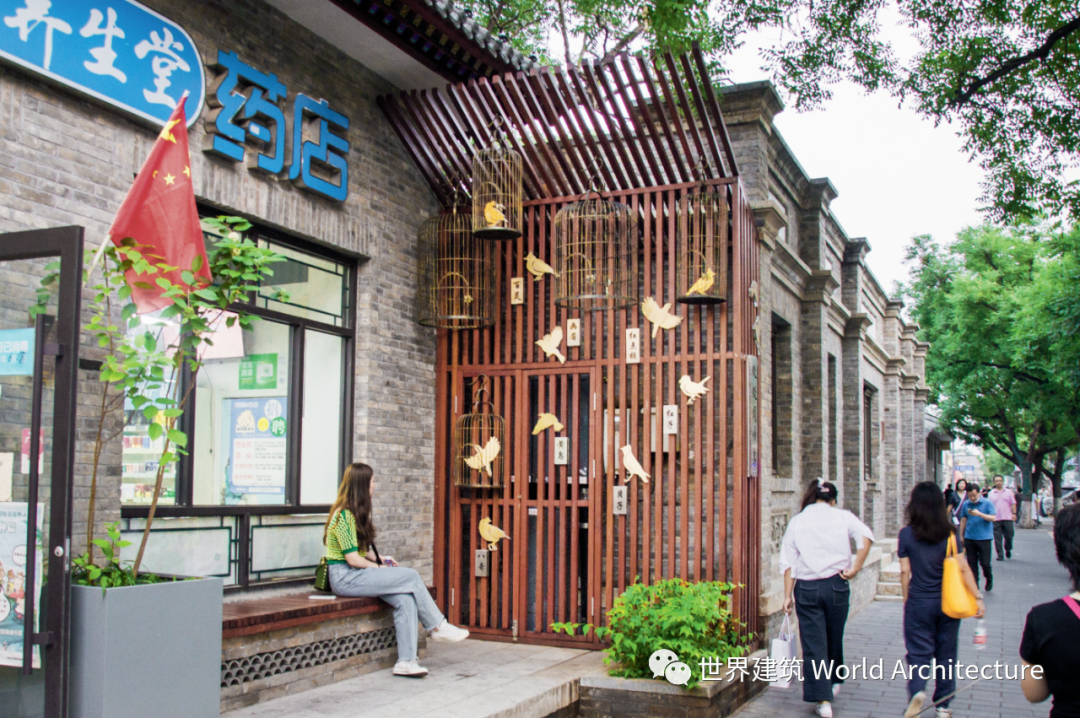
Figure 6. Interactive landscape device of "Walking Birds in Old Beijing"
6 Conclusion
At present, China's urban renewal has entered a stage of in-depth development, and the quality, participation, and usage of urban small and micro public spaces are particularly important. Urban micro-public space is not only the carrier of people's daily life, but also the social carrier of urban governance. This study hopes to build a platform for public participation in micro-renewal, take space as the starting point, observe and explore the potential of various types of urban micro-public spaces at this stage, and explore the systematic ways of micro-renewal and reuse; Encourage and stimulate the subjective initiative of residents and users by participating in the whole process of micro-renewal in urban micro-public spaces; Using residents' strength to improve the community environment, improve the vitality and value of space, and establish corresponding maintenance mechanisms to promote the long-term development of micro-gardens; Integrate the concept of micro-renewal into all aspects of urban life through participatory interactive communication. The public participation in micro-renewal of urban micro-public spaces is gradually promoted by acupuncture, from small to large, from point to line, from line to surface, and gradually promotes urban renewal at different levels.
Author: HOU Xiaolei, ZOU Dehan
Source:<<http://mp.weixin.qq.com/s/u7YvtJE653Dfsr6aRv7Ogg>>
Translated by Zhang Chenxi